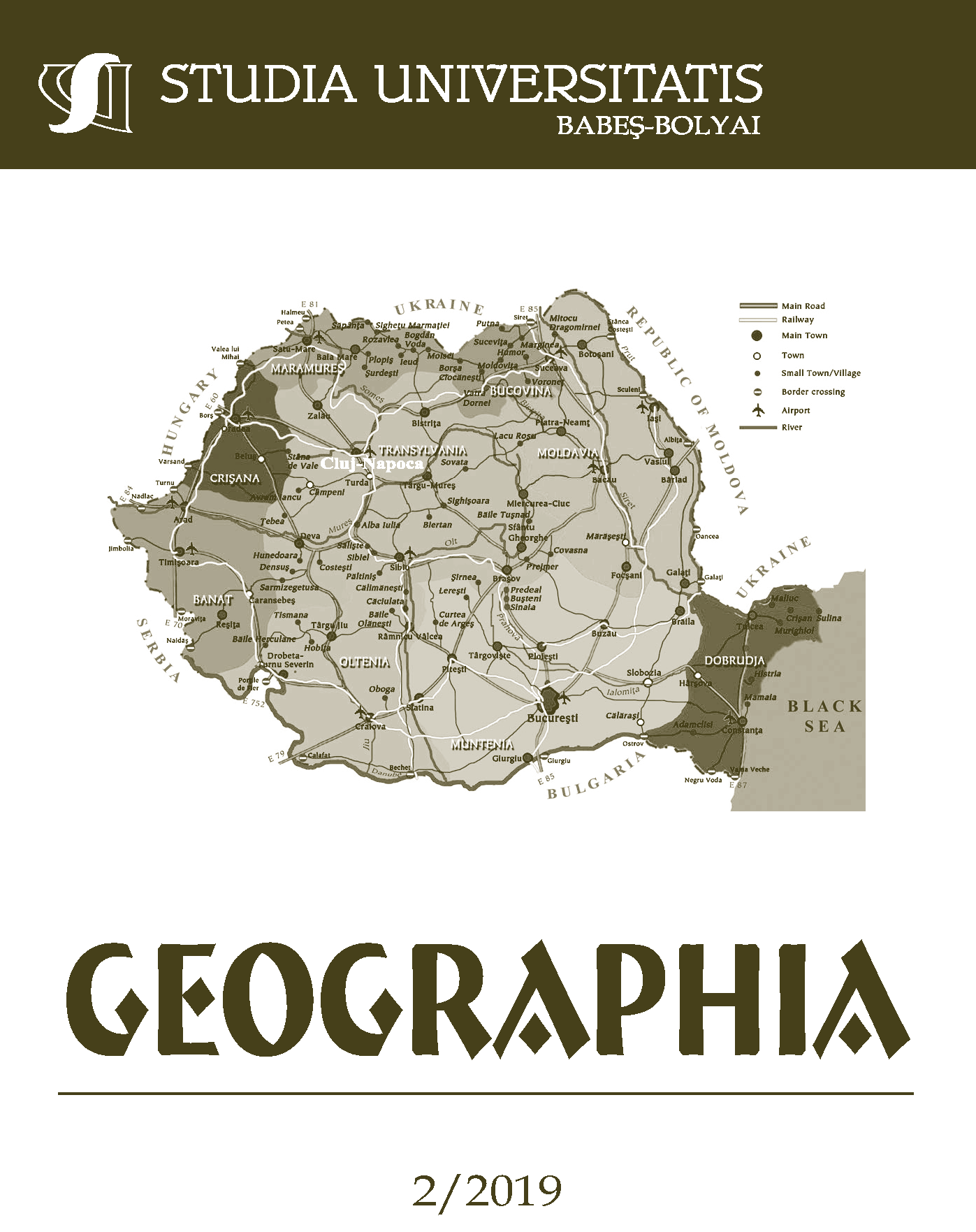BOOK REVIEW: Marcin W. Solarz (ed.), ‟Atlas of Poland’s Political Geography, Geopolitical Atlas”, 2018, University of Warsaw
Abstract
Marcin Wojciech Solarz is a professor of Geography and vice-dean at the Faculty of Geography and Regional Studies from the University of Warsaw. He is the author and editor of several important works in political geography and global studies, like “The Language of Global Development: A Misleading Geography” and “New Geographies of the Globalized World”, both of them in the prestigious Routledge. His new recent project, under the national patronage of the President of the Republic of Poland, was dedicated to the political geography of the Polish state, one century after rebirth of modern Poland (1918-2018) and thirty years of regaining democracy (1988-2018). The book combines political geographical analysis with the geopolitical consideration of one of the largest countries in the European Union, but also provides an excellent review of the current geography and policy of Eastern Europe, through a wide range of social, political and economic indicators for countries surrounding or related to Poland. The atlas has an introductory part, focusing on the original ideas about the state, its boundaries and location attributes and on the geopolitical concepts that establish Poland's role and position in Europe. These are followed by a wide range of maps, from political to economic and cultural representations, in an outstanding cartographic condition. Political Geography in Poland is one of the most visible in the scientific literature of this part of Europe. With a slightly longer history than the modern Polish state, the concepts developed in Polish political geography and geopolitics were strongly influenced by the location between two great European powers, Germany and Russia, and between Western and Eastern civilizations. The location is so important, that almost the entire book and analysis revolves around the concept. This position has been recognized as both a “geographical and historical fate” and a “director of life”, giving the location the role of resource or constraint. This advantages or disadvantages have been accentuated by the lack of natural barriers to the East or to the West of Poland, which makes this space more open to change, but also more vulnerable. At the same time, Poland was viewed not in the middle of Russia and Germany, but in the center of Europe, with a tumultuous history. This history has been marked by the status of a regional power, of a partitioned state, two times in two hundred years, and of a recent new regional emergent economy. The relative location gave Poland the role of an invasion route and a “barometer” of power relations between Germany and Russia: the state became a regional power when the two designated states were disorganized, defeated or eroded by internal conflicts or has disappeared at the time of the conflict or agreement between the two. Location has produced history and evolution is a product of location, between the centre and the periphery, as the margins of expanding empires.Downloads
Published
2019-12-20
How to Cite
BODOCAN, V. (2019). BOOK REVIEW: Marcin W. Solarz (ed.), ‟Atlas of Poland’s Political Geography, Geopolitical Atlas”, 2018, University of Warsaw. Studia Universitatis Babeș-Bolyai Geographia, 64(2), 135–137. Retrieved from http://193.231.18.162/index.php/subbgeographia/article/view/3064
Issue
Section
Articles
License
Copyright (c) 2019 Studia Universitatis Babeș-Bolyai Geographia

This work is licensed under a Creative Commons Attribution-NonCommercial-NoDerivatives 4.0 International License.





 ©Studia Universitatis Babeş-Bolyai Geographia. Published by Babeș-Bolyai University.
©Studia Universitatis Babeş-Bolyai Geographia. Published by Babeș-Bolyai University.